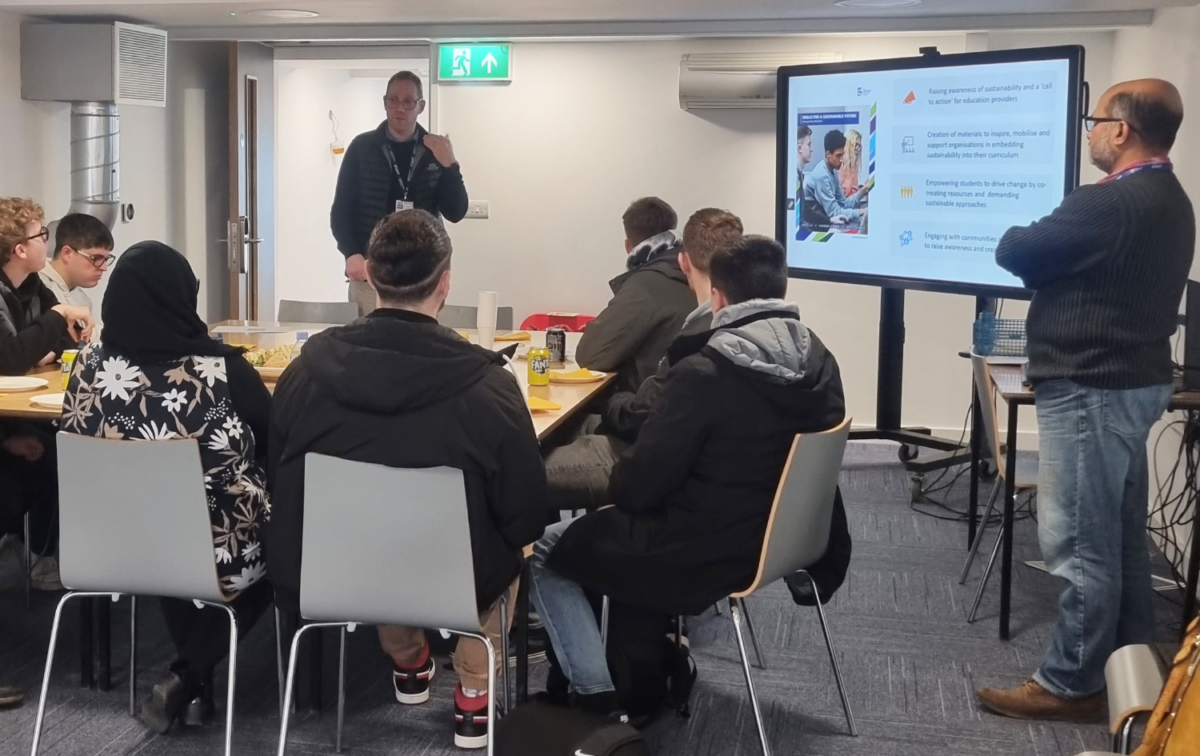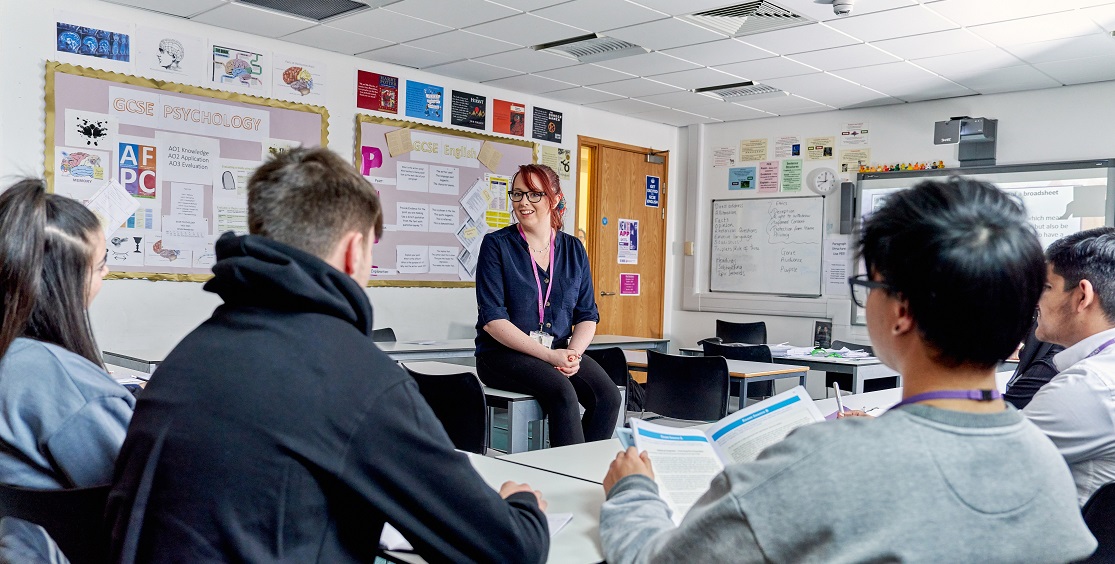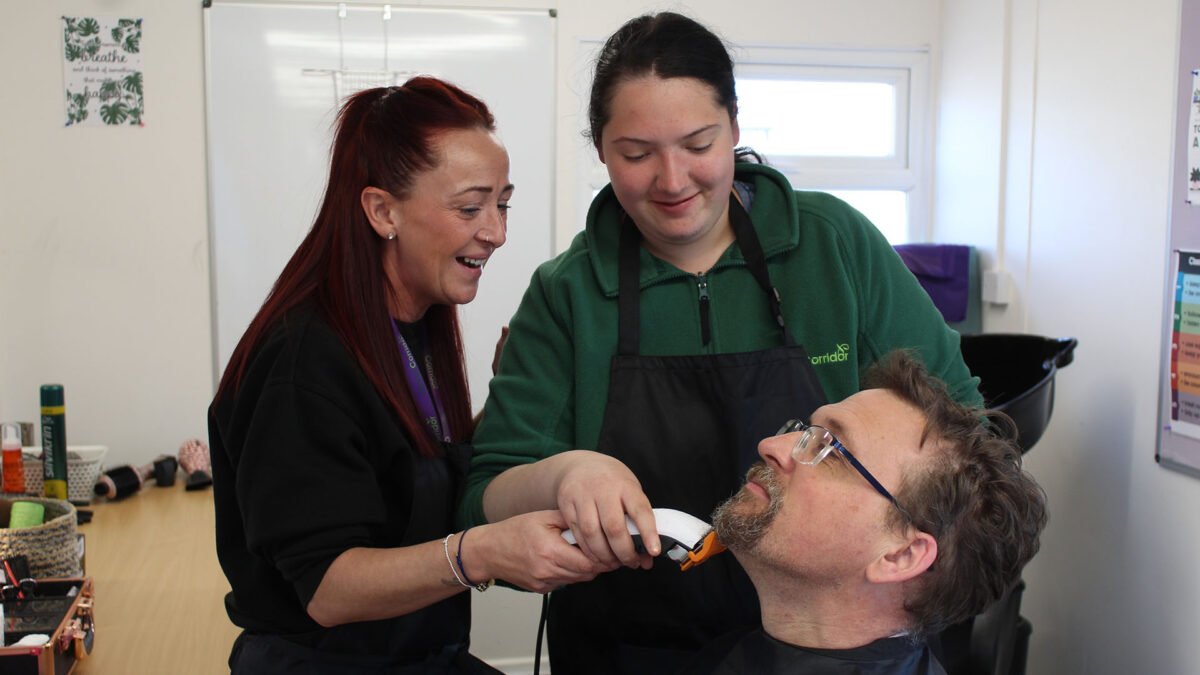Supporting student-led learning with data-informed decisions

As student learning behaviours become more varied, engaging students with a one-size-fits-all approach will no longer be effective to fostering the best learning and belonging. Improving the experiences of students must be made with decisions that are data-informed and encourage cohort identity, whilst keeping student choice at the heart of it all, says Alex Chapman, Head of Technology Enhanced Learning at Middlesex University.
Blended learning has become increasingly prevalent in higher education since the pandemic, as universities continue to deliver education that is flexible and accessible, shifting with the ever-more fragmented landscape of student learning behaviours.
It has become clear that a one-size-fits-all approach to student engagement will no longer work for a vast portion of students who cannot or do not wish to spend all their time on campus. Therefore, to ensure that every student is engaged and feels satisfied with their course, universities need to look to data analytics.
At Middlesex, our student demographic reflects the wide variety of people now embarking on their studies. Around one quarter of Middlesex undergraduate UK and EU students come from deprived areas and are also the first generation from their household to enter higher education. Around 45% of our students are attending university as the first generation in their family, and 88% of our students fall into at least one of the categories for widening participation. Around four in five of our UK students spend more than 40 minutes travelling to our campus. Consequently, we’ve seen many of our students choose online as an option which fits in with their other commitments, resulting in an experience which is increasingly student-led. However, as remote learning becomes more frequent, institutions need to be mindful of its impact on student belonging and cohort identity. All these factors need to be considered as we look to move forward with newer models of teaching delivery, such as hybrid or blended, and work towards a delivery model where online learning complements on-campus activity.
Data-informed improvements to learning
Our university has been focusing on providing support for students in this blended model of learning as they move through their course. With the support of student engagement software Solutionpath and its StREAM platform, we have a centralised dashboard to keep record of every student’s engagement, performance, and progress at Middlesex.
For academic tutors, this information is vital to help them identify students potentially at risk of dropping out and give tutors the data to make decisions with the student’s wellbeing at the heart. This data will also play a key role alongside academic advising as we look to integrate aspects of Hybrid and Hyflex learning into the curriculum but continuing to ensure students feel the sense of belonging we focus on delivering to students.
Data can also be used to identify different engagement patterns across specific disciplines and cohorts to show the different ways students are engaging with their programs. Consequently, we can develop tailored answers on how we can then best support the student based on their course or cohort. Alongside things like student surveys and other formal and informal feedback mechanisms, we can get a holistic oversight on the student experience of our university programs and make improvements where the data indicates it would be beneficial.
Nurturing student belonging
A huge part of student engagement and participation is, of course, ingrained in wellbeing. Data on student satisfaction is not a new concept, but with higher education seeing such an acceleration in the use of new technologies, there is an increased risk that students simply don’t feel like they belong in their institution. Cohort identity has been difficult to conjure with the mix of virtual and online spaces, meaning that the discussion around belonging has had to become embedded into the wider conversation of the university experience.
When students first arrive at Middlesex, an onboarding process happens with the Welcome programme, as part of these Welcome activities students are asked to complete a pre-arrival, before meeting with their academic advisor for the first time. The Pre Arrival survey helped academic advisors to understand the make-up of their cohort of tutees and helped to identify specific support requirements with each student receiving an action plan for the following months based on their responses to the survey. Academic Advising plays a key role in supporting students achieve the best possible outcomes and involves a mixture of group tutorials and one-to-one meetings including 12 interactions based around the student lifecycle and embedded into the curriculum. This tutorial curriculum will generate rigorous data and student feedback so that any issues are flagged earlier rather than later. The process also gives the student opportunities to interact and connect with peers and staff members to help them integrate into the learning community.
Letting choice lead the way
As well as being a worthwhile indicator of engagement and wellbeing, data can also reveal the digital skillset of our students and staff. Many online resources have been introduced only since the beginning of the pandemic and therefore not all are comfortable or confident with this type of learning. Knowing what digital platforms and in-person approaches work best for different cohorts and disciplines will help to define how we move forward with our teaching and learning strategy.
We know that at Middlesex we don’t have all the answers, but as we look to move forward with our strategy, we will be working with students collaboratively as co-creators to maximise that student experience.










